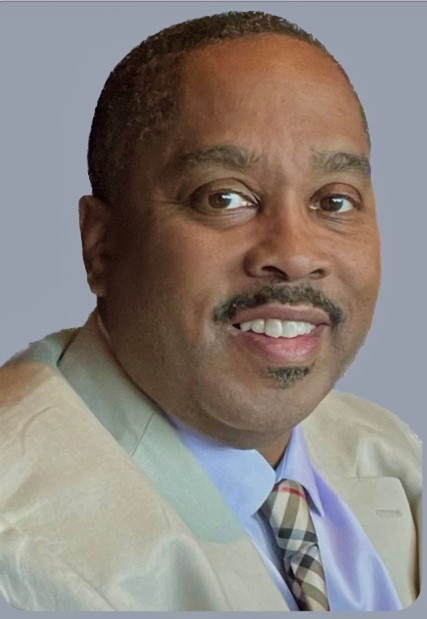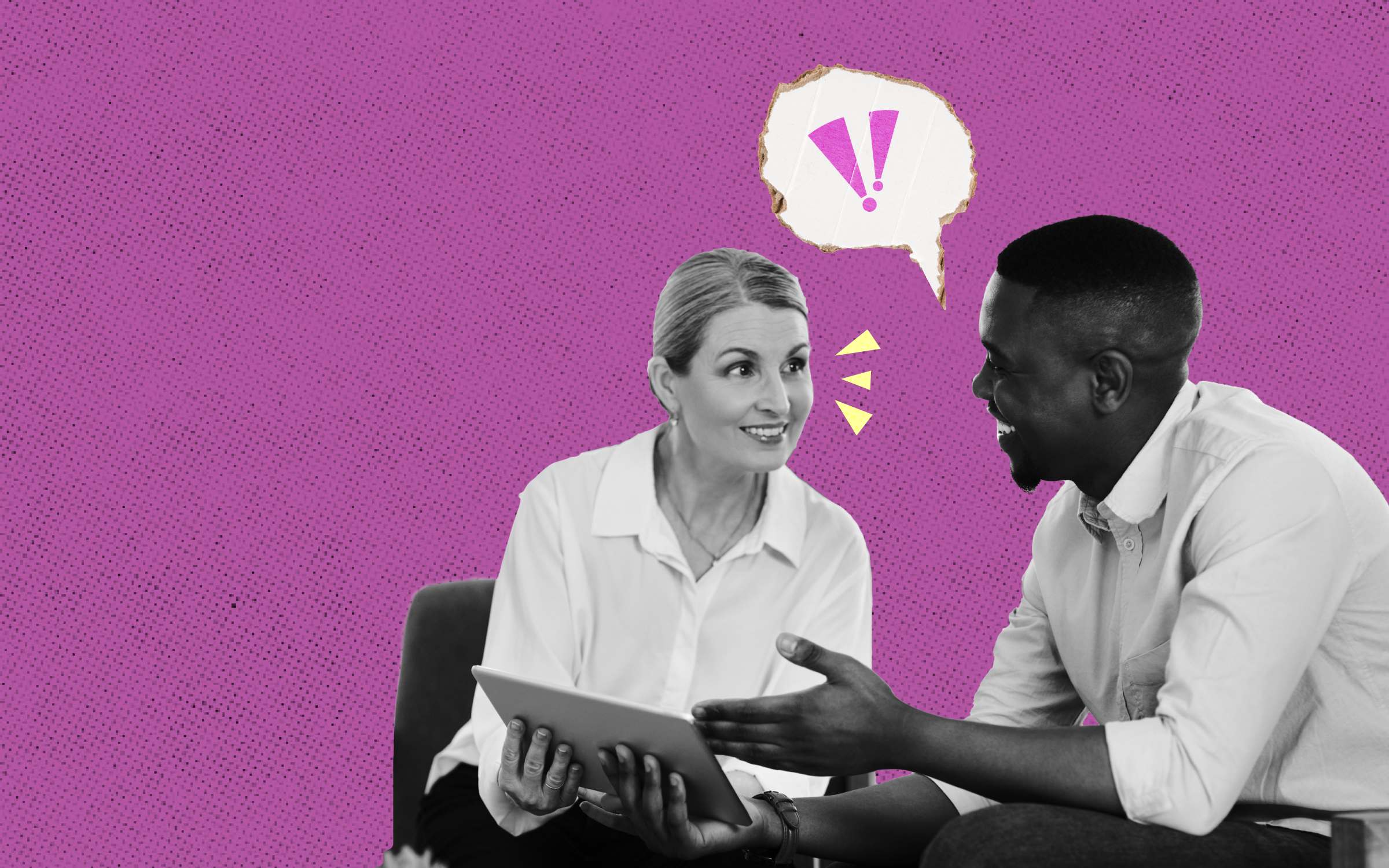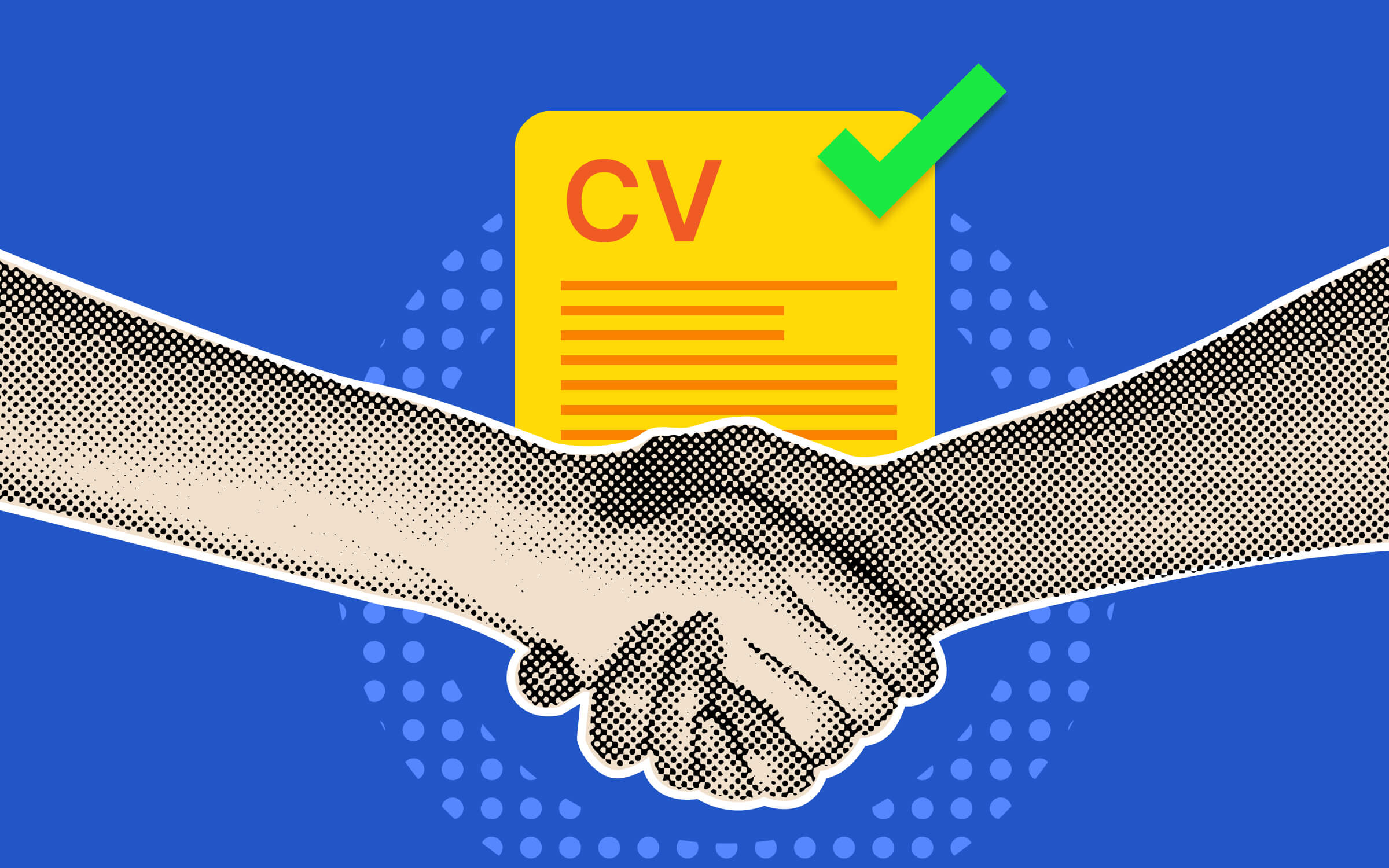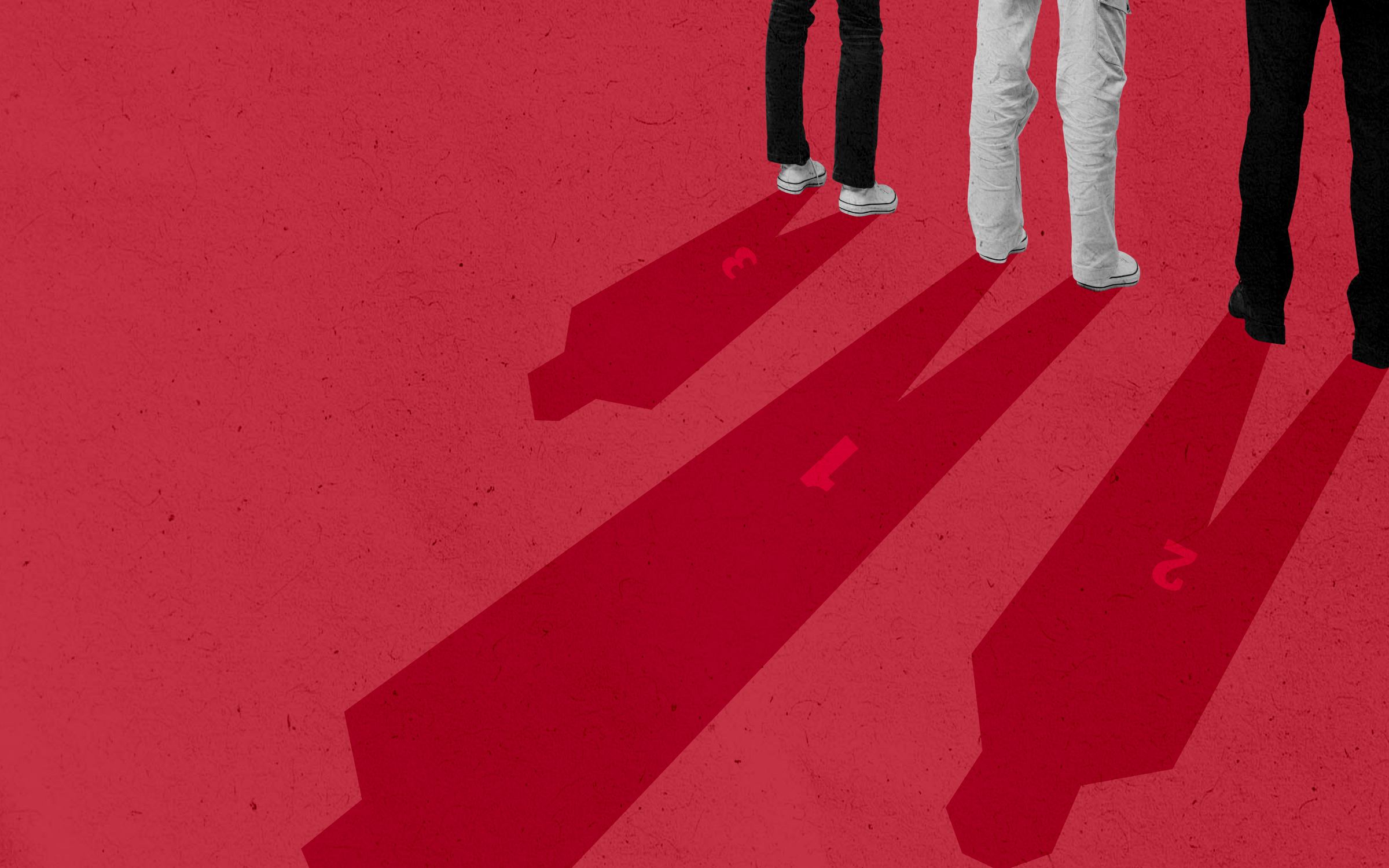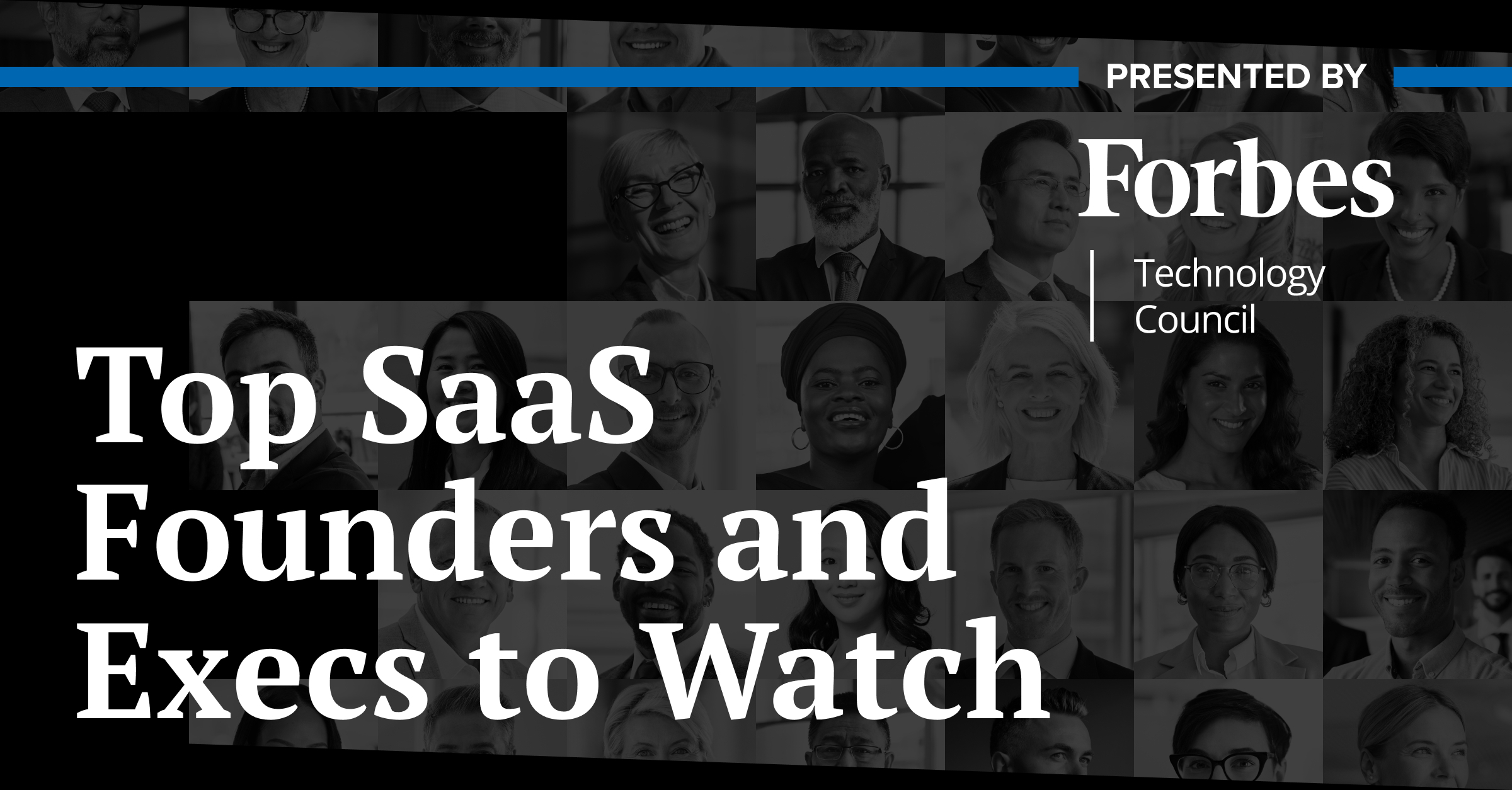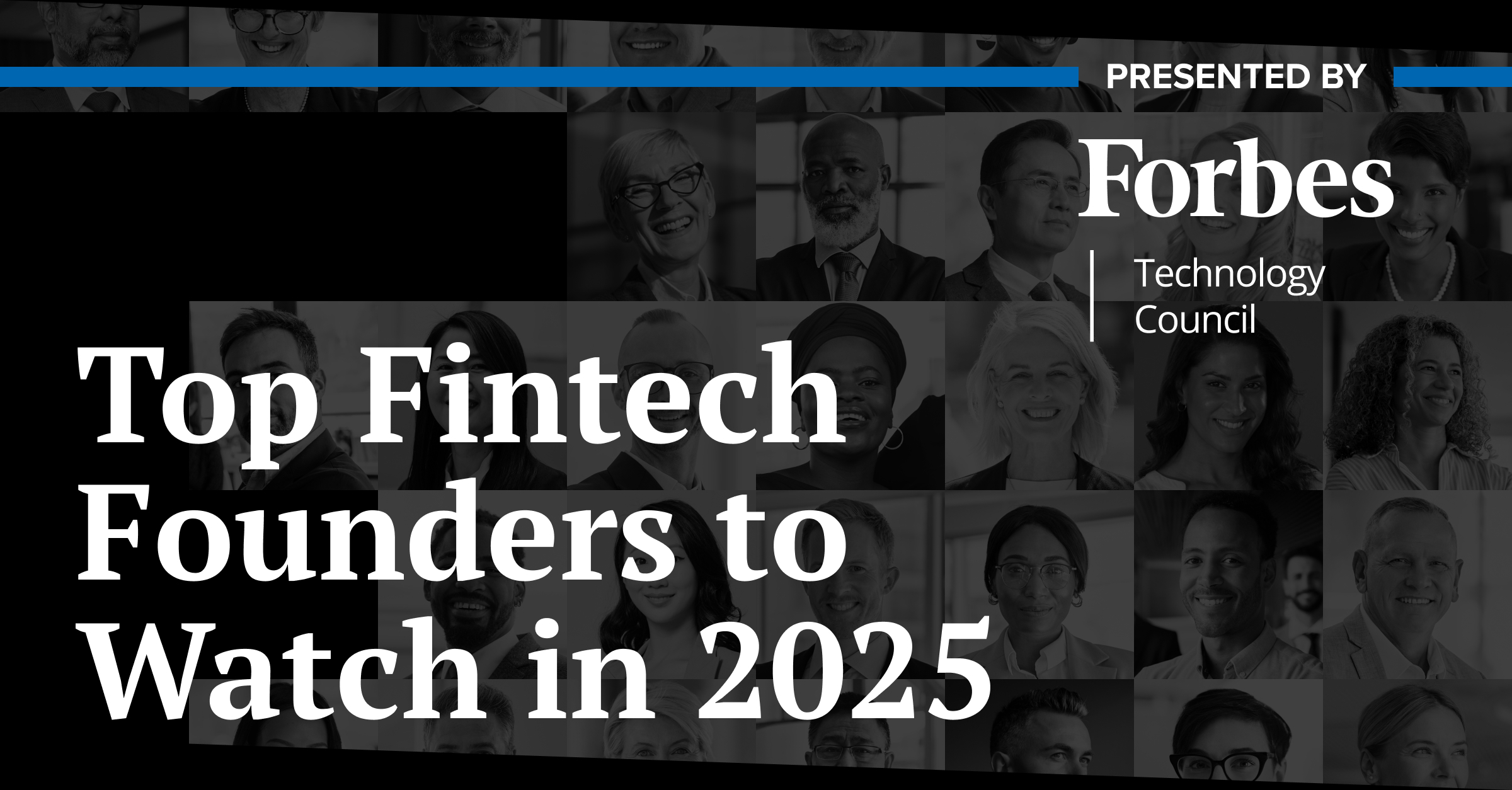This May, Paul Johnson stepped into Seattle Symphony Orchestra’s first DEI role as VP of people and culture and chief diversity officer, after being promoted from his role as director of people and culture, which he’s held since 2022.
“What prompted the leadership team to have someone focused on [DEI] is really to bring a lot of the efforts together so that there’s a uniform space…really planning on achieving the most that we can collectively instead of working in silos,” says Johnson.
In the last few years, the nonprofit has developed equity committees within the orchestra and the board to work on different initiatives. Johnson meets at least once a week with the entire leadership team at the orchestra to discuss organizational initiatives. These meetings are where he can have influence and share his perspective as a DEI leader when the team makes its final decisions, from how events are being promoted to how tickets are being distributed.
During a discussion with Senior Executive DEI, Johnson shares his goals for the year ahead, including diversifying orchestra audiences through community partnerships. Read on for an edited excerpt of our exclusive interview.
Senior Executive Media: What are you most excited to work on in this new role?
Paul Johnson: It’s really about integrating the work into the other [organization] functions. When we look at something like DEI, it’s such a huge undertaking. There’s a tendency to really want to be further along than you are. There’s stages to the work, and for me and this year, a lot of the work is going to be internal… I think the first step is really just getting everybody on board and getting buy-in, and that will come with a lot of training and awareness.
There’s different opinions about training of staff, and I do think that the key is you have to back it up with action. If you’re doing training or if you’re talking about DEI, you really have to be prepared to make changes. That’s where my expertise is more than anything – I have a doctorate degree in change management. Even though I’m doing diversity, equity, and inclusion work and human resources work, I think the primary reason they brought me in was because I understand change initiatives and how to move organizations from point A to point B.
Senior Executive Media: In addition to training, are there any other goals you’re hoping to achieve in the year ahead?
Paul Johnson: It’s building connections and partnerships with organizations that have not always felt included, and I think a lot of that has to do with the industry. You know, this is classical music. We’re the Seattle Symphony. All members of the community are welcome in this space. That’s our goal: to really reach everyone, but I think there’s a perception with classical music that it’s not for everyone. For me, one of my goals is to make sure that we get more people from different backgrounds and walks of life into the building.
You have a concert hall, and there’s a perception that maybe I have to wear a tuxedo or I have to dress up if I come to a building like this, but for me, a lot of it is leading by example. I’ve been on the other side of that. Before I worked here I was a customer, but I didn’t know what I had to wear if I came into the building or how I had to behave, or walk, or talk. Breaking down those barriers is really important for me so people can bring their full and authentic selves with them when they come as a patron, but also if they come as a candidate for a job, or if they come to work here — so that they don’t feel like they have to assimilate or change who they are, that they can be themselves.
The Seattle Symphony presents free concerts throughout the Puget Sound region in neighborhood venues, schools and in prisons. These concerts aim to increase access to live performances and to bring people together to connect with their community. Last season, there was a strong effort to share music with new members of our community, and the Symphony performed four free community concerts — one of which was a performance at Aki Kurose Middle School in Rainier Valley for the first time.
Three years ago, the Seattle Symphony created the Community Stages Fund (CSF) to combat the systemic inequities that impact African, Latinx, Asian, Arab or Native American (ALAANA) performers, LGBTQ+, or female performers — especially after the pandemic hit and increased the disparities experienced by these communities. The overarching goal of the CSF initiative is to invest in greater support for underrepresented artists and give back to those who have helped shape and grow the region’s unique musical and cultural landscape. The CSF gives grantees fully sponsored or highly subsidized use of the Illsley Ball Nordstrom Recital Hall, the Octave 9: Raisbeck Music Center and/or the Samuel & Althea Stroum Grand Lobby, along with in-house digital streaming equipment, marketing and production crew support. Applications recently opened and close on October 2.
Also, in September, the Symphony is hosting the Grammy and Academy Award winning artist Common, who is generating a lot of excitement, and we believe will bring new patrons into our building that we might not see attend a Beethoven performance.
Senior Executive Media: How are you working to improve the reach of the symphony’s patrons?
Paul Johnson: We have a strong connection with our education and community engagement program, which is starting to do this work already. I don’t want to make it seem like I’m the only one doing it, or I started my job and now we’re doing it, because we’ve been doing great work over several years. But for me, it really is: How do we publicize that and how do we help market it and create awareness around the opportunities that are there? But to your point, I do want to build more alliances and relationships. I also grew up in this area, so I do have a lot of personal relationships, and just being a person from a historically marginalized community in the local Seattle area, I think I can lead by example. I think people also will see me and see that if he’s comfortable there that I can be comfortable there.
In my experience, a lot of the DEI initiatives work because of individuals, and what happens is they get in, there’s a lot of passion about the work, and they make those [initiatives] happen. But then what tends to happen is they leave the organization or something happens and then the initiative stops. Part of my job is to make this integrated or systemic so that it lives beyond individuals, [it] lives beyond me or beyond Jeremy, our education director… One way we are doing this is through employee goals and performance management, where each year staff will partner with their managers to establish goals, including ones that support the Seattle Symphony’s DEIB initiatives.
I’ve seen it before where individuals will be really tied in with an organization or a company, and they’ll lose that executive or that champion inside, and all the great work that they’ve done tends to lose momentum when they leave. My hope and my goal over time is to really make myself obsolete…where everybody’s doing the work and everybody understands the importance, so it’s not tied to any particular individual but that it’s systemic.
“When you’re in a role like diversity, equity, and inclusion, you don’t feel like you own anything, but you touch everything. I don’t decide who goes on stage for a show, I don’t decide who gets an audition for the orchestra — but I can influence those decisions.”
– Paul Johnson, CDO and VP of People and Culture at Seattle Symphony Orchestra
Senior Executive Media: Have you seen a culture shift at the symphony since you started working there?
Paul Johnson: I have. Slowly, I think there has been a culture shift. One of the things is really just gathering feedback and making sure that there’s channels for communicating. That’s one of the things that I spent the first year doing a lot of is really making sure that there were outlets for employees to share; it wasn’t just from a human resources standpoint or a DEI standpoint.
Coming out of the pandemic, people were working by themselves in their houses, and there weren’t a lot of connections and opportunities for people to share what’s going on in their world. For me, what I’ve tried to do in this first year that I’ve been here is really try to create employee engagement opportunities, so that we’re just talking to each other. We’re sharing openly, creating space, safe space, for people to share their thoughts and feelings about whatever it might be, and providing opportunities for them to give feedback to leadership.
We started something called an all-star team over the past year… It’s an Employee Resource Group (ERG) known as the All-Stars. The All-Stars are a cross functional group of employees who have been charged with driving employee engagement and DEIB, using a bottom-up approach, as opposed to having all ideas and initiatives coming from senior management… This all-star team is made up of employees from different departments and at different levels. They’re the ones who actually get together and determine what the important [DEI] initiatives are that we want to take on as an organization. Do we want to participate in the Pride parade next month? They voted, and we will be doing that… We really want the employees bubbling ideas up and saying: These are things that we should be involved in, and this is how we can make a difference.
Sometimes I’ll just sit in a corner and try to listen and hear some of the ideas that come up so that I can be a champion of those ideas and things that they want to do, whether it’s talent shows or showcasing. One thing that came up was an opportunity for employees to showcase other talents that they have outside of their skills. Sometimes we might only know someone as a finance person, but they might be a great photographer… I think there has to be a safe space or a feeling that I can talk about who I am and that I’m more than just this one thing. That gets into the DEI too, because again, it’s the layers and dimensions that we come to work with. We’re intersectional, there’s an intersectionality with all of us, and I think having a space where we can showcase that intersectionality is really helpful.
Senior Executive Media: Are you thinking about how you might start measuring some of the projects you’re working on to see the impact they’re having on the organization?
Paul Johnson: There are things that we’re exploring or looking at, we haven’t really said any measures yet that we’re saying are definite. Just to give you an idea, when we talk about our impact, we look at…if we can track by zip code who utilizes our building. When we talk about who we’re partnering with, or any kind of community engagement…we do some capturing of that information. One of my goals is to do that even better, where we can look at, let’s say, the year 2023…we might see that 90% of [patrons] were from the six suburbs that might be not as diverse…and to be able to look at that same data point in two or three years and say looking at the zip codes of people who use a building now, we know that it’s not just 90% coming from these communities, but that is 30% coming from this part of town and 20% from this part of town.
Really creating that inclusion piece by looking at who utilizes the space. That’s one thing that I’ve kind of thought about, but we haven’t really implemented it yet. I think it’s a way for us to really look at, are we being inclusive? Who’s using the building? How can we reach those communities that may not come here as much and be able to be more intentional about inviting them in if we see gaps in that data?
Senior Executive Media: Are there any certain sectors of the company that you’re seeing a lot of DEIB progress in or where you’re hoping to improve over the next year?
Dr. Paul Johnson: The thing I was most pleased about and surprised by was the inroads on the leadership team. We have a very diverse leadership team, moreso than any organization I’ve ever worked in… I’m really proud of the fact that we do have a great deal of diversity that’s at the top of [our] organization. Now the goal is to try to have that filter throughout.
Six out of the eight members of the Seattle Symphony’s senior leadership team are women and/or people of color, including the president and CEO. While we continue to work to increase greater diversity and inclusion within our staff and orchestra, currently 45% of our musicians and staff are women and just over 25% are people of color.
I think an area that most orchestras are really working on is within the orchestra itself, the musicians. You almost have to start at an early age, really investing in high schools and junior highs, and that’s why we have a strong education program. You want to make sure that students start playing at an early age because it’s so many years of practice and training to get to that point where you can play in an orchestra… The Seattle Symphony has a partnership with three music education organizations: Key to Change, Kids in Concert and SYSO (Seattle Youth Symphony Orchestra). These partnerships will help build a solid foundation to further evolve longer-term collaboration, expanding opportunities for historically underserved youth across the Puget Sound region to enhance their musical development and broaden music education access in the community.
The Seattle Symphony facilitates the Merriman-Ross Family Young Composers Workshop, a music education program that gives students in the Seattle area access to professional instruction regarding all areas of composing, including writing themes and learning instrumentation and orchestration. Each season of the Young Composers Workshop closes with the exceptional experience of students seeing their original works performed by Seattle Symphony musicians on stage at Benaroya Hall.
Briefly mentioned above, the Seattle Symphony gives numerous free Side-by-Side Concerts each season as part of its commitment to coaching and mentoring young musicians from local high schools, universities, youth orchestra organizations and community orchestras. The concerts feature musicians from community and high school orchestras performing alongside their professional counterparts.
We would love to see greater diversity within the orchestra itself with the musicians. We’re also partnering with organizations. There are a couple of major national organizations: Sphinx organization is one, ARC is another. These are basically nonprofits themselves, but they work with orchestras to help them with their diversity in the orchestra ranks through auditions, through pipelining and partnering with different universities. How do you get more BIPOC students into the pipeline to become world-class violinists and new players, musicians, and artists? That’s one of the areas that I’m really interested in seeing how we can make a lot of inroads.
I’m really proud of the staff here because there’s mindfulness with the hiring. For most of our leaders, when they bring in people, they go out of their way to make sure that there’s representation. If they’re writing stories about a particular community, we include people from that community in that story, either as writers or authors… That’s part of my goal, too, to make sure that individuals from those communities are at the table when decisions are being made, particularly about those communities. We have a lot of events that celebrate diversity on our stages, but we don’t want a situation where we’re doing an event about a particular community and we don’t have people from that community weighing in about how we’re going to do this event.
Senior Executive Media: Who is it that you really need to get buy-in from when you’re trying to lead a DEI initiative?
Paul Johnson: When you’re in a role like diversity, equity, and inclusion, you don’t feel like you own anything, but you touch everything. I don’t decide who goes on stage for a show, I don’t decide who gets an audition for the orchestra — but I can influence those decisions. When you’re talking stakeholders…it is every single function. It’s our marketing team when they’re looking at: Where do we cast our net for patrons, who do we want to show up in our audience? I need to be joined at the hip with them so that they’re in publications, magazines, newspapers, and that they’re basically getting the message out to a diverse audience. Similarly, with HR, the same type of thing when we’re looking at hiring. I need to make sure that there’s definitely an influence on who we’re interviewing, where we cast our net for candidates, and where we post jobs.
I think for us, a lot of it is who’s sitting in our audience, who’s on our stages performing, and who works for us, and all three of those stakeholders are part of our leadership team. For me, it really is making sure that we’re in alignment. Of course, I can’t be everywhere at all times, so for me, the goal is to integrate the work that we’re doing into the work that they’re doing.
